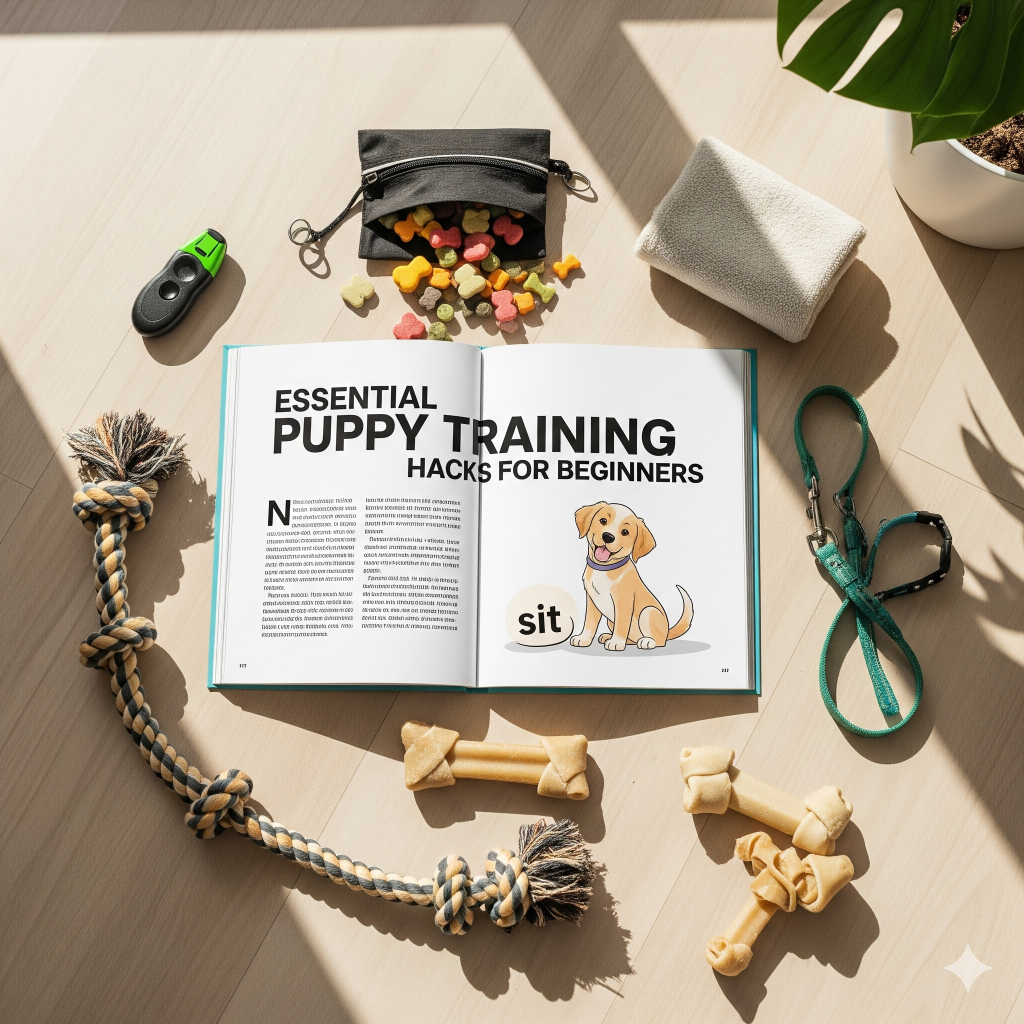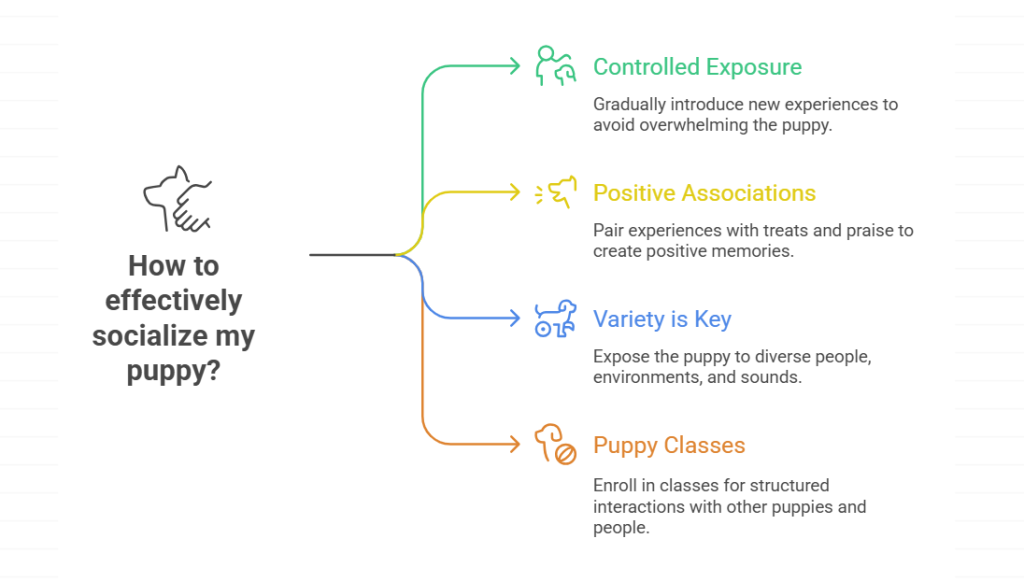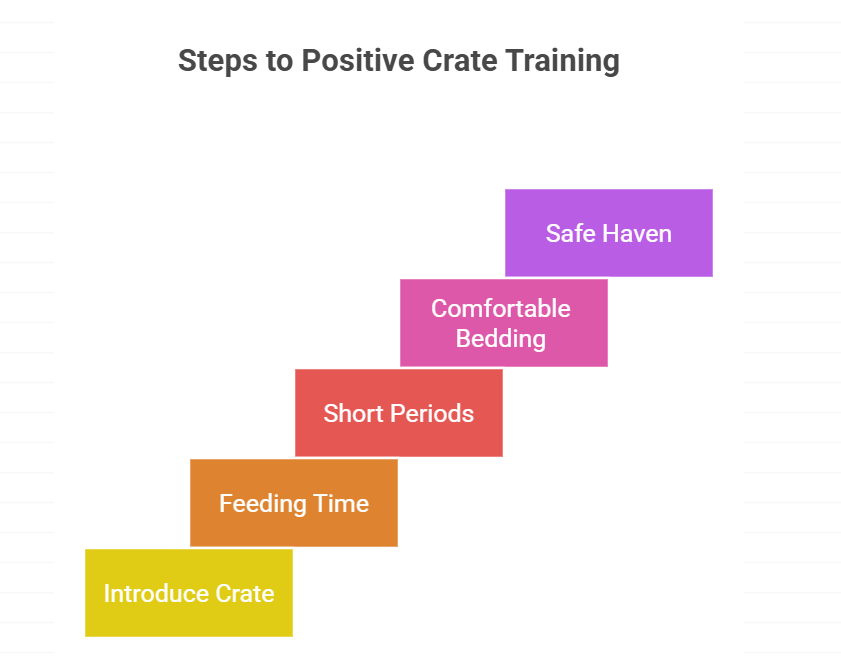Simple Techniques to Make Puppy Training Fun and Effective
This article provides essential puppy training hacks for beginners, covering crucial aspects like socialization, crate training, potty training, basic commands, and addressing common behavioral issues. It offers practical tips and techniques to help new puppy owners establish a strong foundation for a well-behaved and happy dog.
Introduction: Setting the Stage for Success
Bringing a puppy home is an exciting time, but it also comes with responsibilities. Effective training is crucial for shaping your puppy into a well-adjusted and obedient companion. This guide provides essential puppy training hacks for beginners, focusing on practical tips and techniques to make the process smoother and more enjoyable for both you and your furry friend.

1. Socialization: Expose Your Puppy to the World
Socialization is arguably the most important aspect of early puppy training. It involves exposing your puppy to a variety of sights, sounds, people, and other animals in a safe and controlled manner.
Hack: Start early! The critical socialization period is between 3 and 16 weeks of age.

- Controlled Exposure: Introduce your puppy to new experiences gradually. Don’t overwhelm them.
- Positive Associations: Pair new experiences with positive reinforcement, such as treats and praise.
- Variety is Key: Expose your puppy to different people (men, women, children), environments (parks, streets, stores), and sounds (cars, sirens, vacuum cleaner).
- Puppy Classes: Enroll in a puppy socialization class to provide structured interactions with other puppies and people.
Discover More: Affordable Dog Grooming Tips for Busy US Pet Owners
2. Crate Training: Creating a Safe Haven
Crate training provides your puppy with a safe and secure den, and it can also be a valuable tool for potty training and preventing destructive behavior.
Hack: Make the crate a positive experience.
- Introduction: Introduce the crate gradually. Start by leaving the door open and placing treats and toys inside.
- Feeding Time: Feed your puppy meals inside the crate to create a positive association.
- Short Periods: Gradually increase the amount of time your puppy spends in the crate.
- Never Use as Punishment: The crate should never be used as a punishment. It should be a safe and comfortable space for your puppy.
- Comfortable Bedding: Provide soft and comfortable bedding inside the crate.

3. Potty Training: Establishing a Routine
Potty training requires patience and consistency. Establishing a routine and rewarding successful potty breaks are key to success.
Learn more: Best Dog Grooming Tips for Busy Pet Owners in the USA
Hack: Consistency is key!
- Establish a Schedule: Take your puppy outside frequently, especially after waking up, eating, and playing.
- Designated Potty Spot: Choose a designated potty spot in your yard and take your puppy there each time.
- Reward Success: When your puppy eliminates outside, praise them enthusiastically and give them a treat immediately.
- Clean Up Accidents: Clean up accidents thoroughly with an enzymatic cleaner to eliminate odors and prevent repeat offenses.
- Supervise Closely: Supervise your puppy closely indoors to prevent accidents. If you can’t supervise, confine them to their crate or a small area.
- Recognize the Signs: Learn to recognize the signs that your puppy needs to go potty, such as circling, sniffing, and squatting.
4. Basic Commands: Building a Foundation for Obedience
Teaching your puppy basic commands like “sit,” “stay,” “come,” and “down” is essential for establishing good behavior and communication.
Hack: Keep training sessions short and fun.
- Positive Reinforcement: Use positive reinforcement techniques, such as treats, praise, and toys, to reward desired behaviors.
- Short Sessions: Keep training sessions short and frequent (5-10 minutes) to maintain your puppy’s attention.
- Clear and Consistent: Use clear and consistent commands.
- Start Simple: Start with simple commands and gradually increase the difficulty.
- Practice Regularly: Practice commands in different environments to generalize the behavior.
- Clicker Training: Consider using clicker training to mark desired behaviors and make training more efficient.
5. Addressing Common Behavioral Issues: Nip Problems in the Bud
Puppies may exhibit common behavioral issues such as biting, chewing, and jumping. Addressing these issues early on is crucial to prevent them from becoming ingrained habits.
Hack: Prevention is better than cure.
- Biting: Redirect biting behavior by offering a chew toy instead. Teach bite inhibition by yelping when your puppy bites too hard.
- Chewing: Provide plenty of appropriate chew toys and rotate them regularly to keep your puppy interested. Puppy-proof your home by removing anything that your puppy might be tempted to chew on.
- Jumping: Ignore jumping behavior and only give attention when your puppy has all four paws on the ground. Teach an alternative behavior, such as “sit,” to greet people.
- Separation Anxiety: Gradually acclimate your puppy to being alone by leaving them for short periods of time and gradually increasing the duration. Provide them with a safe and comfortable space, such as their crate, and leave them with a chew toy or puzzle toy to keep them occupied.
6. Leash Training: Mastering the Walk
Leash training is essential for safe and enjoyable walks.
Hack: Make leash walking a positive experience.
- Introduce the Collar and Leash: Start by getting your puppy used to wearing a collar and leash.
- Positive Associations: Pair the collar and leash with positive reinforcement, such as treats and praise.
- Short Walks: Start with short walks in a quiet area.
- Loose-Leash Walking: Teach your puppy to walk on a loose leash by rewarding them for staying close to you and not pulling.
- Change Direction: Change direction frequently to keep your puppy engaged and prevent them from pulling.
Conclusion: Patience and Consistency are Key
Puppy training requires patience, consistency, and positive reinforcement. By following these essential puppy training hacks, you can establish a strong foundation for a well-behaved and happy dog. Remember to celebrate your puppy’s successes and be patient with their mistakes. With dedication and consistency, you can build a strong bond with your furry friend and enjoy many years of companionship. Don’t hesitate to seek professional help from a certified dog trainer or behaviorist if you encounter any challenges.
⚠️ NOTE: This post is for informational purposes only. Please see our full Disclaimer Page for details.
